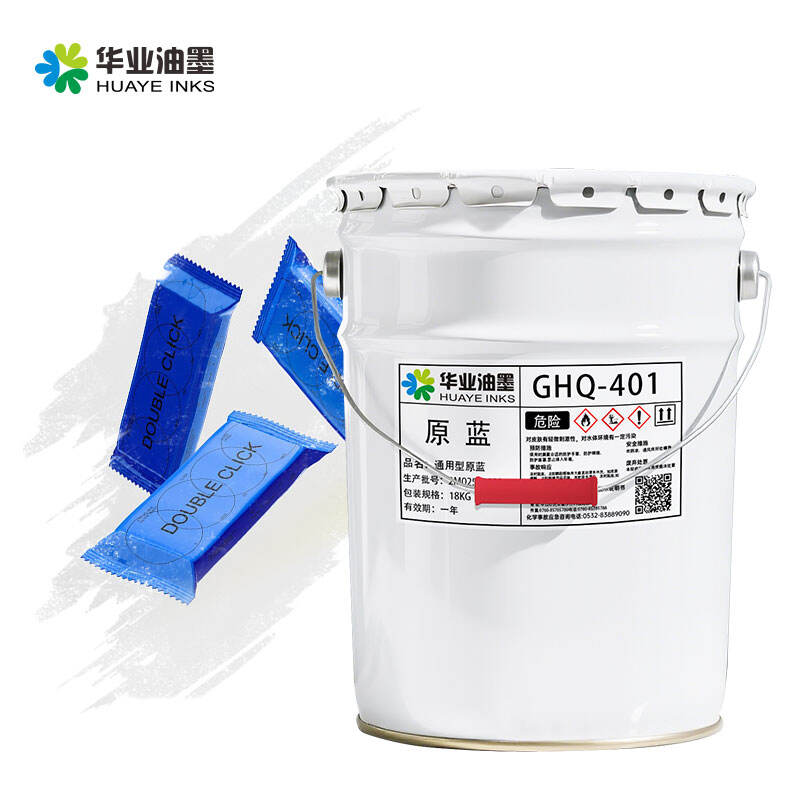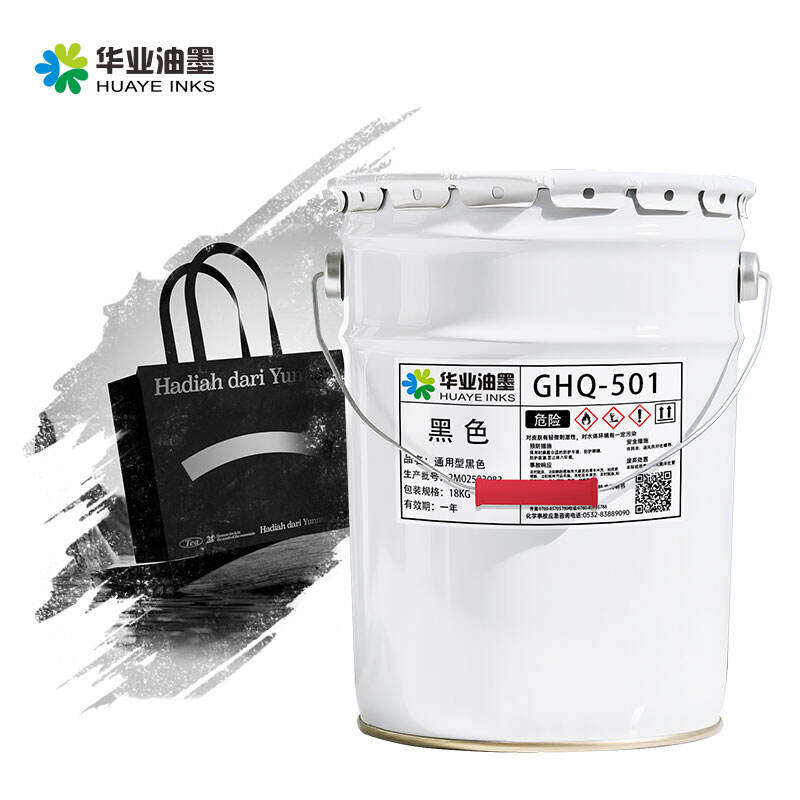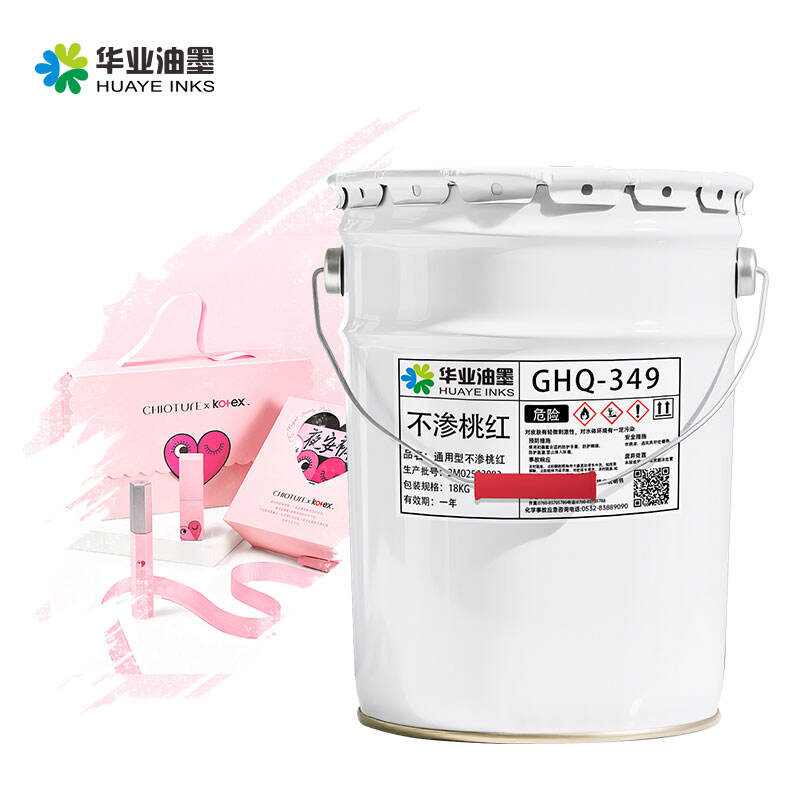No.2 Jieging Road ,Shazai industrial Park, Minzhong Zhongshan City, Guangdong Province
Solvent ink for fast drying has become an indispensable tool in various printing and coating applications, especially in industries where rapid production cycles are essential. The unique formulation of these inks is designed to evaporate quickly, allowing for fast - paced printing processes without sacrificing print quality. The key to the fast - drying property of solvent ink lies in its solvent composition. These inks contain volatile solvents that have relatively low boiling points. When the ink is applied to a substrate, the solvents start to evaporate almost immediately, leaving behind the pigment and binder components. This evaporation process is accelerated by factors such as heat and air circulation, which are often incorporated into printing systems to further speed up the drying time. One of the major advantages of solvent ink for fast drying is its ability to enhance production efficiency. In high - volume printing operations, such as those in the packaging industry or for large - format printing, minimizing the drying time between print passes can significantly increase the overall throughput. For example, in the production of labels or cartons, where multiple colors are often printed in succession, fast - drying solvent inks allow for quick transitions between colors, reducing the downtime and increasing productivity. Despite its rapid drying nature, solvent ink for fast drying can still deliver high - quality prints. The pigments used in these inks are carefully selected and dispersed to ensure good color saturation and sharpness. They can reproduce a wide range of colors with reasonable accuracy, making them suitable for both decorative and functional printing applications. Whether it's printing vibrant product images on packaging or detailed graphics on promotional banners, fast - drying solvent inks can meet the visual requirements. Another benefit is the good adhesion of these inks to various substrates. Solvent inks can bond well with materials like plastic films, synthetic papers, and coated surfaces. This makes them a popular choice for printing on non - porous substrates where traditional water - based inks may have difficulty adhering. The strong adhesion ensures that the printed images remain intact even under handling and environmental stress. However, it's important to note that solvent inks do have some environmental and safety considerations. The volatile solvents they contain can release VOCs (volatile organic compounds) into the atmosphere during the drying process. To address this, the industry is constantly researching and developing more environmentally friendly solvent ink formulations, such as low - VOC or bio - based solvent inks, without compromising on the fast - drying and print quality characteristics.


